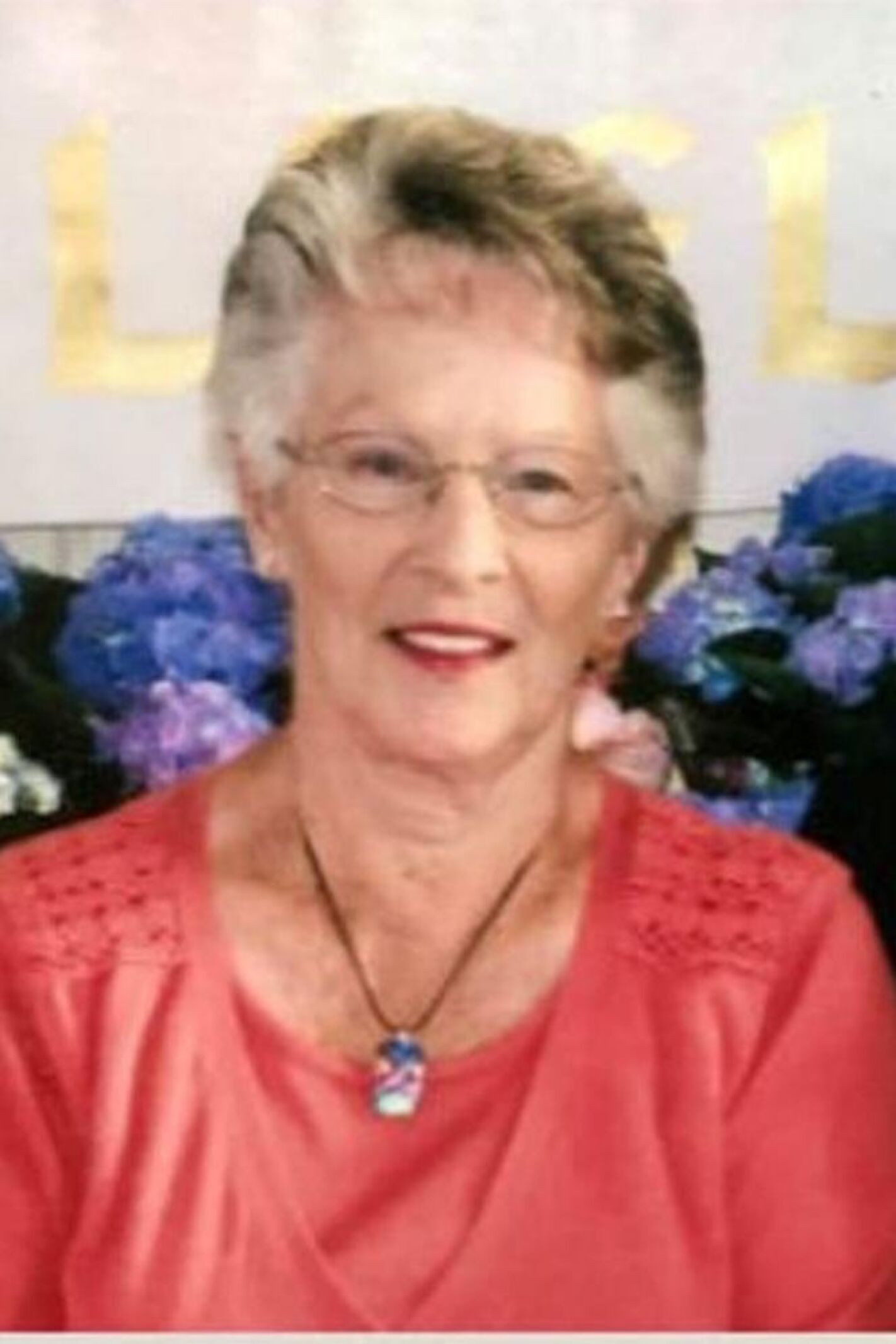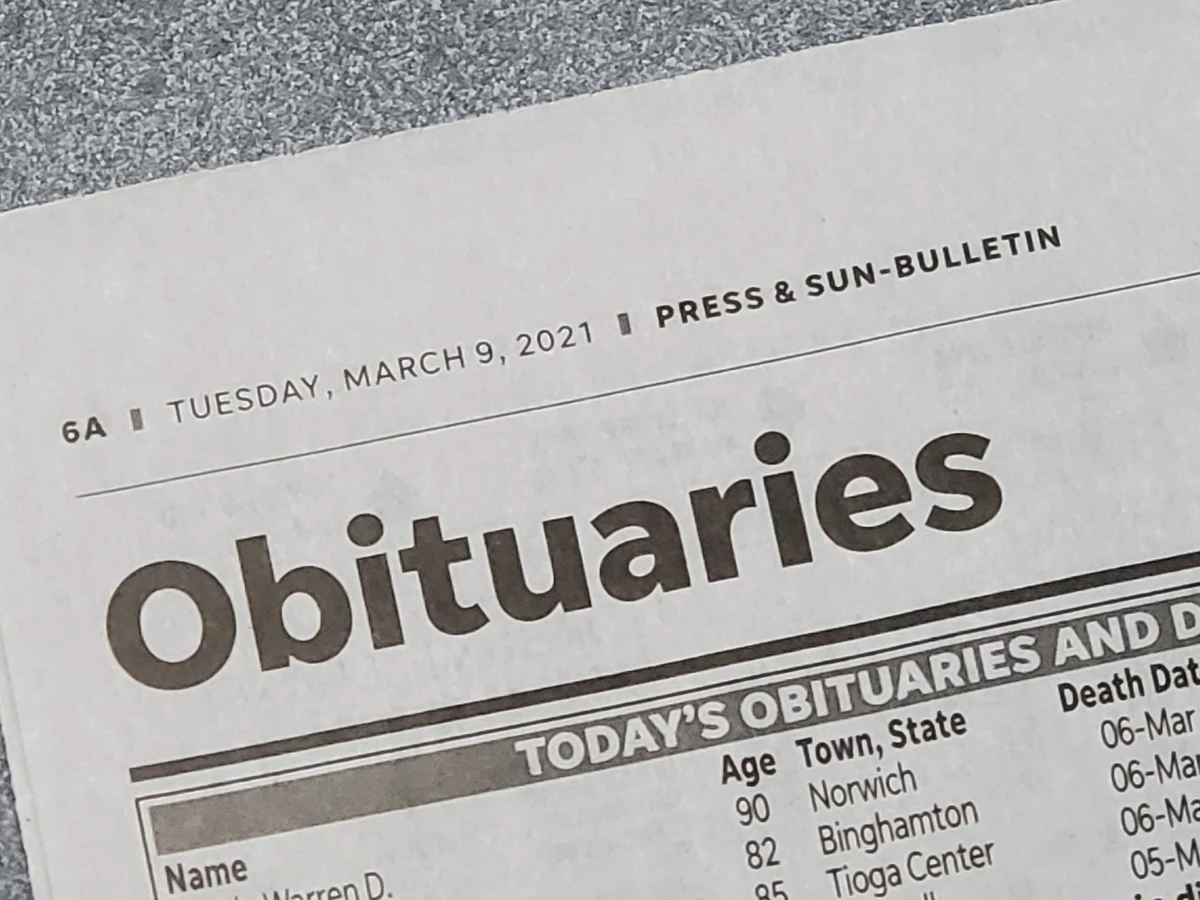Post Bulletin Obituary: A Tribute To Lives Well Lived
Have you ever wondered what it takes to craft a meaningful post bulletin obituary? It’s more than just words on paper; it’s a celebration of life, a reflection of someone’s journey, and a way to honor their legacy. Whether you’re looking to write one for a loved one or simply curious about the process, this article has got you covered. Let’s dive into the world of obituaries and uncover their significance.
Let’s face it, life is fleeting. And when someone we love passes away, we often find ourselves searching for ways to remember them. A post bulletin obituary is one such tool—a way to immortalize the memory of a person in a heartfelt and respectful manner. In this digital age, where information spreads faster than ever, these obituaries have taken on a new level of importance.
Now, before we dive deeper, let me tell you something: writing an obituary isn’t just about listing facts. It’s about weaving a story, capturing the essence of who someone was, and giving their life the recognition it deserves. Stick around, and I’ll walk you through everything you need to know.
Read also:The Ultimate Getaway The Royal Sonesta Houston Galleria
What Exactly Is a Post Bulletin Obituary?
A post bulletin obituary is essentially a formal announcement of someone’s passing, published in newspapers or online platforms. But it’s also so much more than that. Think of it as a tribute—a way to celebrate the life of the person who has left us. It includes details like their name, birth date, death date, surviving family members, and any special achievements or contributions they made during their lifetime.
Here’s the kicker: obituaries aren’t just for the wealthy or famous. Anyone can have one, and everyone deserves one. It’s a way to acknowledge the impact they had on their community, family, and friends. So, whether you’re planning one for yourself or someone else, it’s worth putting in the effort to make it meaningful.
Why Are Obituaries Important?
Obituaries serve multiple purposes. First and foremost, they notify people about the passing of a loved one, ensuring that those who care can attend memorials or offer condolences. But beyond that, they provide closure. They help us process grief by allowing us to reflect on the life of the person we’ve lost.
- They preserve memories for future generations.
- They celebrate the life and accomplishments of the deceased.
- They bring communities together during times of loss.
And let’s not forget, in today’s digital world, obituaries often live on forever. Once posted online, they become part of the internet’s collective memory, ensuring that the legacy of the person lives on.
How to Write a Compelling Post Bulletin Obituary
Writing a post bulletin obituary might seem daunting, but with the right approach, it can be a rewarding experience. Here’s a step-by-step guide to help you get started:
Step 1: Gather Essential Information
Before you put pen to paper—or fingers to keyboard—you’ll need to gather all the necessary details. This includes:
Read also:Chewy Waifu The Ultimate Guide To Understanding And Embracing This Viral Trend
- Name and nickname (if applicable)
- Date and place of birth
- Date and place of death
- Surviving family members
- Predeceased family members
- Education and career highlights
- Hobbies and interests
Think of this as the foundation of your obituary. Without these details, it won’t feel complete.
Step 2: Add Personal Touches
Once you’ve got the basics down, it’s time to add some personality. Share stories, anecdotes, or quotes that capture the essence of the person. Did they have a favorite saying? Were they known for their sense of humor? These little details can make all the difference.
For example, if the person was a passionate gardener, you might write something like, “John was known for his green thumb and spent countless hours tending to his beloved rose garden. His flowers were a testament to his patience and love for life.”
Step 3: Include Practical Details
Don’t forget to include information about funeral arrangements, memorial services, or any requests the family might have. This could be anything from donation suggestions to dress codes for the service.
For instance, you might write, “In lieu of flowers, the family asks that donations be made to the local animal shelter in John’s memory.”
The Role of Technology in Modern Obituaries
In the age of the internet, obituaries have evolved. Gone are the days when they were confined to the pages of a newspaper. Now, they can be shared instantly across social media platforms, websites, and even mobile apps. This has made it easier for people to stay informed and connected during difficult times.
But with this convenience comes responsibility. When posting an obituary online, it’s crucial to ensure accuracy and privacy. You don’t want to inadvertently share sensitive information that could be misused.
Benefits of Digital Obituaries
Here are some of the advantages of going digital:
- Wider reach: More people can access the obituary from anywhere in the world.
- Interactivity: Visitors can leave comments, share memories, or even light virtual candles.
- Permanence: Unlike print versions, digital obituaries can remain online indefinitely.
Just remember, while technology can enhance the obituary experience, it’s still important to maintain the personal touch that makes these tributes so meaningful.
Common Mistakes to Avoid
Even the best-intentioned obituaries can fall flat if certain mistakes are made. Here are a few to watch out for:
Mistake #1: Overloading with Information
While it’s great to include details, too much information can overwhelm readers. Stick to the most important facts and leave out unnecessary clutter.
Mistake #2: Forgetting the Human Element
Obituaries aren’t just about dates and achievements. They’re about people. Don’t forget to include personal touches that bring the person to life in the reader’s mind.
Mistake #3: Neglecting Proofreading
Typos and grammatical errors can detract from the professionalism of an obituary. Always double-check your work—or better yet, have someone else proofread it for you.
Real-Life Examples of Great Obituaries
Let’s take a look at a couple of real-life examples to see what makes an obituary truly memorable.
Example #1: John Doe
John Doe, a beloved husband, father, and community leader, passed away peacefully on January 1, 2023, at the age of 75. Known for his kindness and generosity, John touched countless lives through his volunteer work with local charities. He leaves behind his wife of 50 years, Mary, and their three children.
Example #2: Jane Smith
Jane Smith, a passionate artist and educator, left this world on February 14, 2023. Her vibrant paintings continue to inspire those who knew her. Jane was predeceased by her parents but is survived by her brother, Tom, and numerous nieces and nephews.
See how these examples capture the essence of the individuals while providing all the necessary details? That’s what you’re aiming for.
Tips for Families Writing Obituaries
Writing an obituary during a time of grief can be challenging. Here are some tips to make the process easier:
- Collaborate with family members to gather information.
- Use templates or examples as a starting point.
- Take breaks if needed to avoid burnout.
- Seek professional help if you’re unsure where to start.
Remember, there’s no right or wrong way to write an obituary. As long as it reflects the person’s life and brings comfort to those who read it, you’re doing it right.
Obituaries and Mental Health
Let’s not shy away from the emotional toll that writing an obituary can take. It’s a process that often forces us to confront our own mortality and the loss of someone we care about. That’s why it’s important to prioritize mental health during this time.
If you’re struggling, don’t hesitate to reach out for support. Whether it’s talking to a friend, family member, or therapist, there’s no shame in seeking help. And remember, it’s okay to grieve. Obituaries are a way to honor the dead, but they’re also a tool for healing the living.
The Future of Obituaries
As technology continues to advance, so too will the way we create and share obituaries. Virtual reality memorials, AI-generated tributes, and even blockchain-based records could become the norm in the years to come.
But no matter how much things change, one thing will always remain constant: the desire to remember and celebrate the lives of those we’ve lost. Obituaries, in whatever form they take, will continue to play a vital role in this process.
Conclusion
Writing a post bulletin obituary is an act of love and respect. It’s a way to ensure that the legacy of a person lives on, even after they’re gone. By following the steps outlined in this article, you can create a tribute that truly honors the life of the person you’re remembering.
So, what are you waiting for? Whether you’re planning ahead or responding to a recent loss, now’s the time to start crafting your obituary. And don’t forget to share this article with others who might find it helpful. Together, we can make sure every life is celebrated and remembered.
And hey, if you have any questions or need further guidance, feel free to drop a comment below. I’d love to hear from you!



